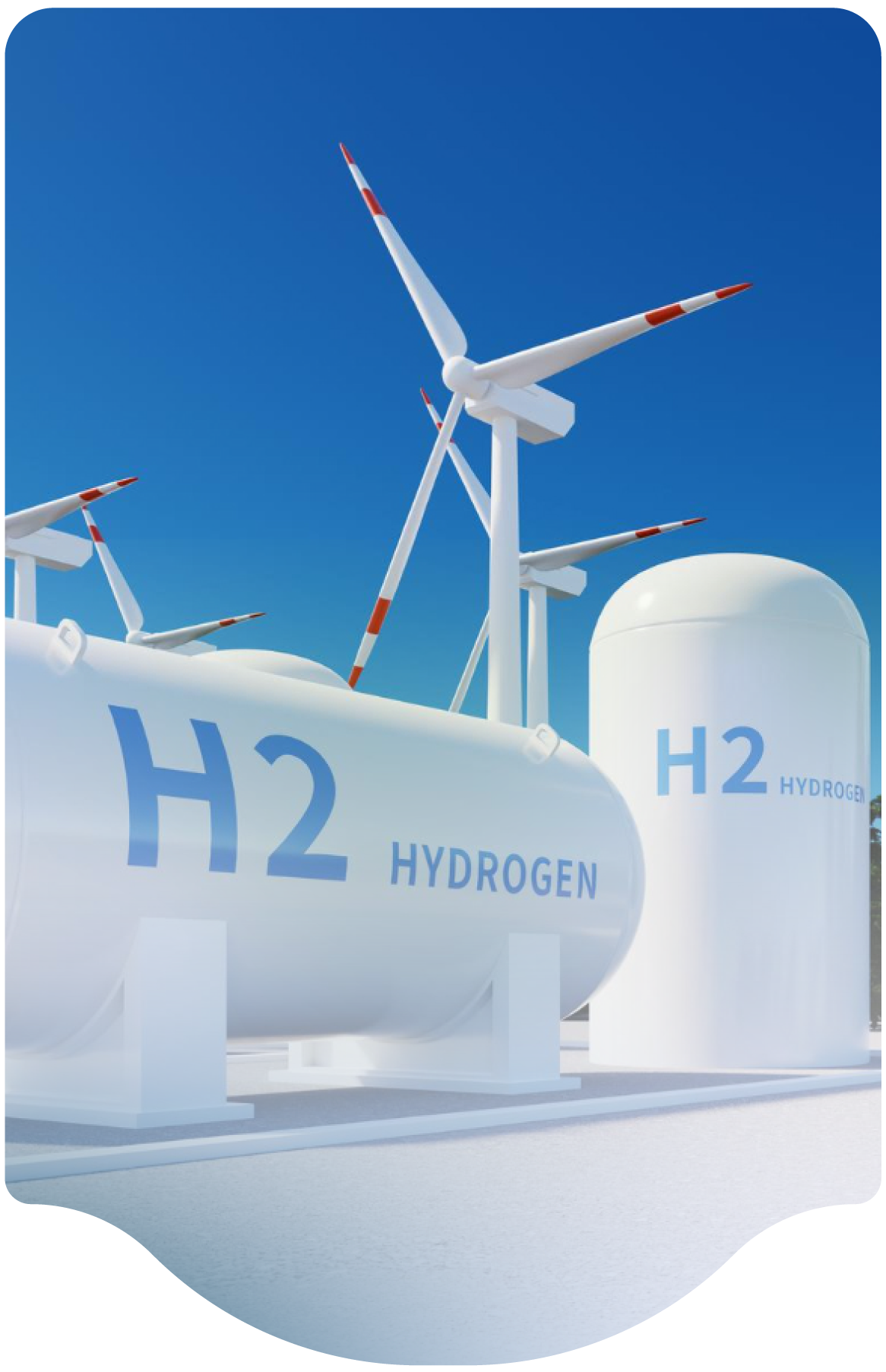CFD Simulation on Diffusion of Leaked Hydrogen Caused By Vehicle Accident in Tunnels
Hydrogen fuel cell vehicles are expected to come into widespread use in the near future. Accordingly, manyhydrogen carrying vehicles will begin to pass through tunnels. It is therefore important to predict whetherrisk from leaked hydrogen accidents in tunnels can be avoided. CFD simulation was carried out on diffusion of leaked hydrogen in tunnels. Three areas of tunnels were chosen for study. One is the typical longitudinal and lateral areas of tunnels, and the others are underground ventilation facilities and electrostatic dustcollectors which were simulated with an actual tunnel. The amount of hydrogen leaked was 60m3(approximately 5.08 kg), which corresponds to the amount necessary for future fuel cell vehicles to achieve their desired running distance. Analytical periods were the time after leaks began until regions of hydrogen above the low flammability limit had almost disappeared, or thirty minutes. We found that leaked hydrogen is immediately carried away from leaking area under existing ventilation conditions. We also obtained basic data on behavior of leaked hydrogen.

